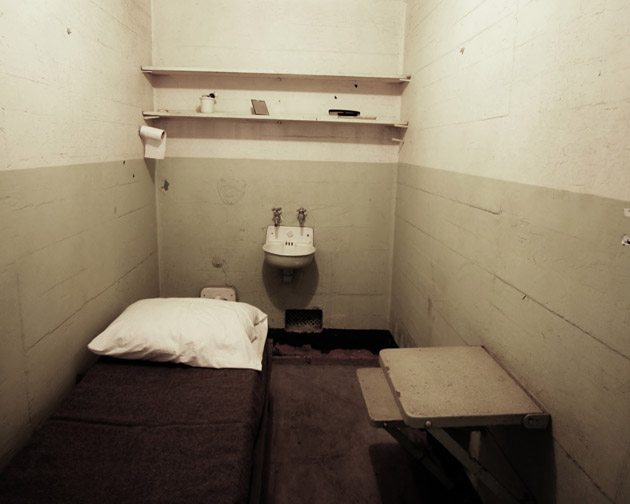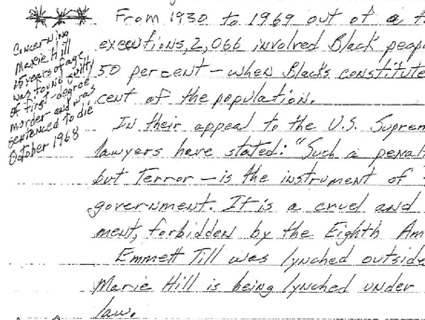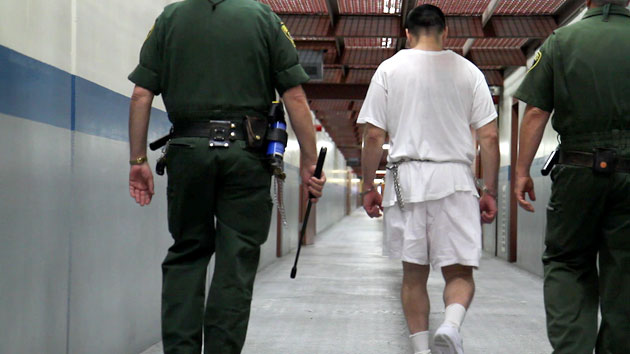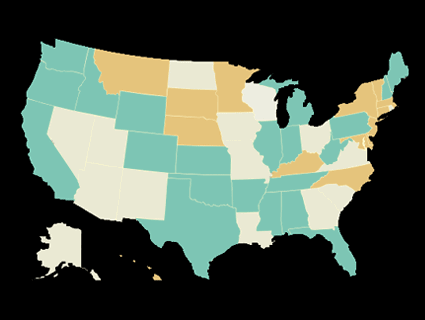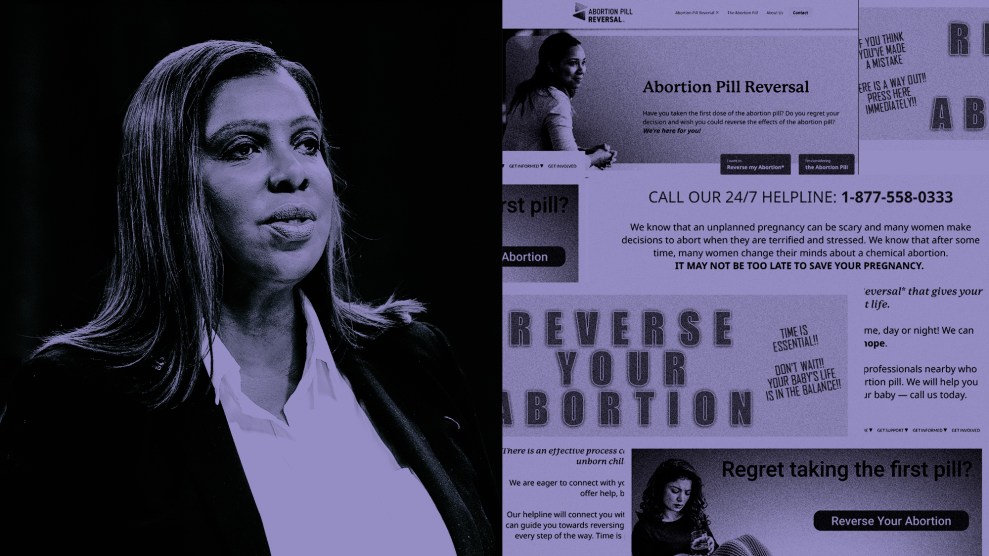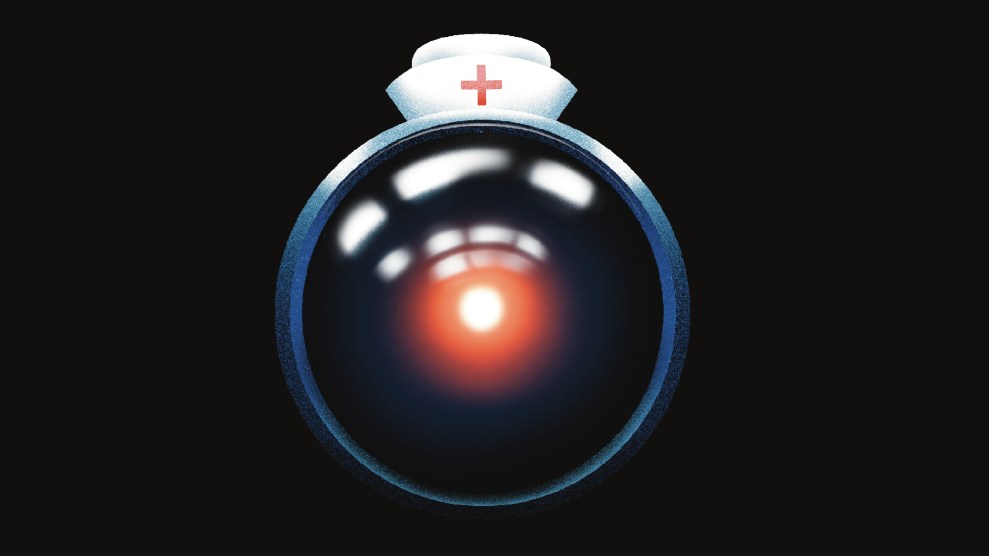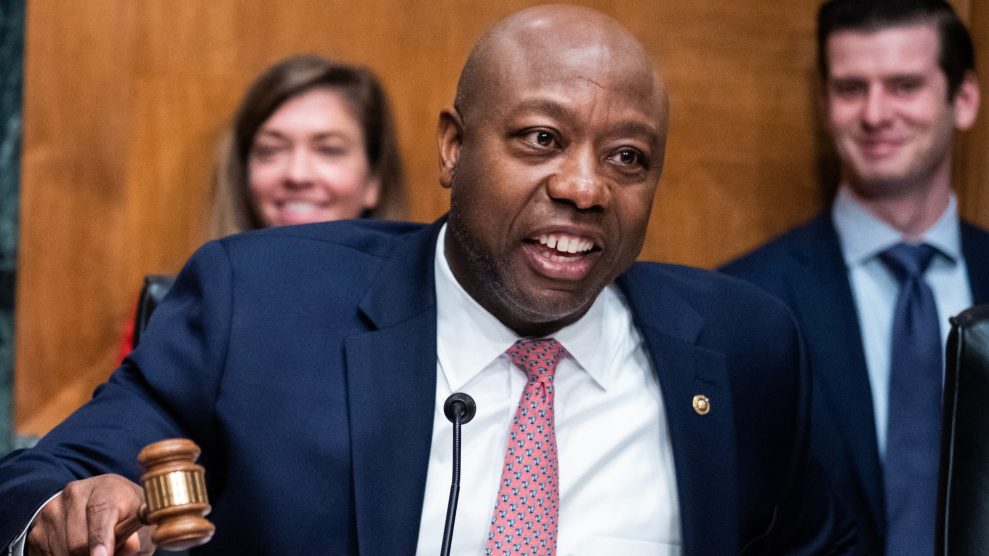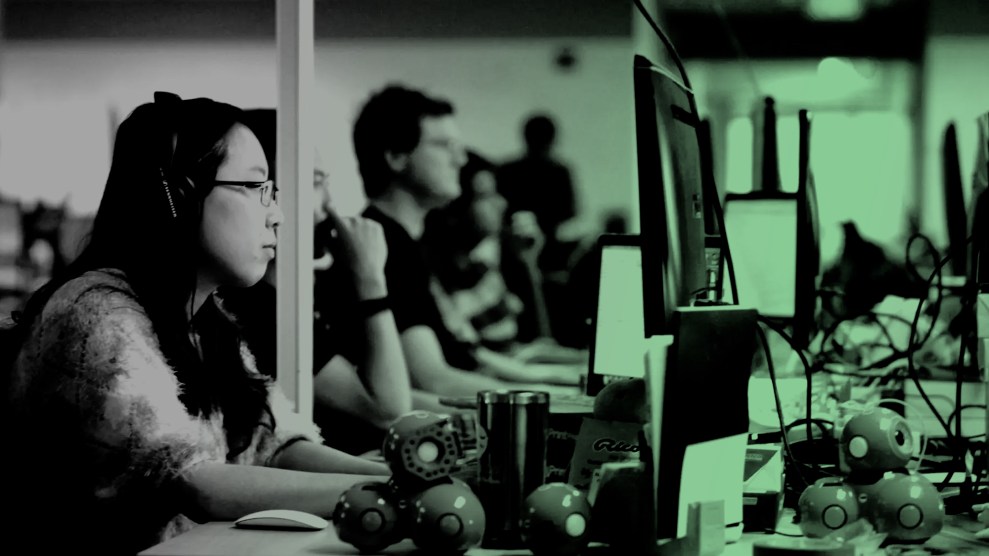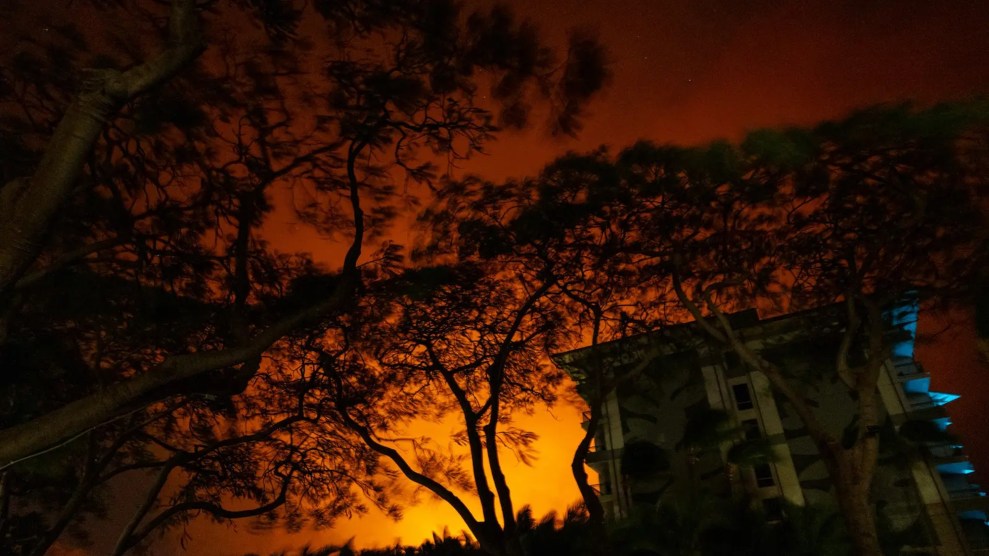
<a href="http://www.shutterstock.com/cat.mhtml?lang=en&search_source=search_form&search_tracking_id=AK2UFczWc86TKYvdadGvAA&version=llv1&anyorall=all&safesearch=1&searchterm=prison&search_group=&orient=&search_cat=&searchtermx=&photographer_name=&people_gender=&people_age=&people_ethnicity=&people_number=&commercial_ok=&color=&show_color_wheel=1#id=95386006&src=2cOdou2Y5TKj9PmraKseXA-1-102">ollyy</a>/Shutterstock
UPDATE 3: Friday, September 6: On Thursday, 60 days after 30,000 inmates in California prisons refused their state-issued meals, prison activists and corrections officials announced the end of the hunger strike. In the two months since it began, the number of striking inmates shrunk to about 100. Yesterday the CDCR said all participants have started taking their meals or begun the process of re-feeding.
“We are pleased this dangerous strike has been called off before any inmates became seriously ill,” said CDCR Secretary Jeff Beard in a press release.
While activists say most of the demands for prison reform have not been met, the decision to end the strike came following the news that two California state lawmakers announced they will hold public hearings on the state’s use of solitary confinement.
Anne Weills, a lawyer representing some of the strike leaders, told the New York Times that the corrections department had promised to meet with some of the protesters this month to discuss their demands.
Click here to jump to earlier updates.
Monday marked the 50th day of a massive hunger strike in California prisons. The strike initially involved some 30,000 fasting inmates; some 42 of them are still refusing to eat, putting themselves at extremely high risk of death, according to state medical officials. A judge last week ruled that the state can force-feed prisoners who are near death, even if they’ve signed “do not resuscitate” directives. Yet those interventions still might not be enough to keep all of the hunger strikers alive, or prevent them from suffering long-term medical problems.
Why are prisoners striking?
More than anything, the hunger strikers want to put an end to the increasingly common practice of long-term solitary confinement in the state’s prisons. Most of them are inmates in the Pelican Bay State Prison’s Security Housing Unit (SHU), where 1,198* people are being held in 11-foot-by-7-foot windowless cells; about 400 have been in solitary confinement there for more than a decade.
The SHU is meant to segregate prisoners who pose a high security risk, such as gang leaders, former escapees, or inmates who are prone to violence. Yet prisoners can be thrown into the SHU indefinitely without any due process, meaning that they never get a chance to review or contest the evidence that they’ve done something wrong. Prisoners have been confined to the SHU based on evidence as tenuous as having appeared in a photo with a known gang member or possessing a copy of of Machiavelli’s The Prince. Ryan Jacobs lists seven innocuous items that have landed prisoners in the hole.
Last year, the journalist and former Iran hostage Shane Bauer toured the Pelican Bay SHU for Mother Jones and found that the conditions there were worse, in some ways, than what’s he’d experienced during his 26 months of solitary at Tehran’s most notorious political prison.
How many prisoners are in the hole?
All told, about 80,000 US prisoners are in solitary confinement, including 12,000 in California, according to the United Nations’ Office of the High Commissioner for Human Rights. Here’s a state-by-state map of where prisoners are held in solitary confinement.
Is long-term solitary confinement torture?
The short answer is probably yes.
“It is an awful thing, solitary,” Sen. John McCain (R-Ariz.) wrote of his two years in solitary in Vietnam. “It crushes your spirit and weakens your resistance more effectively than any other form of mistreatment.” And this is coming from a man who was denied adequate medical treatment for multiple broken bones, beaten regularly, and tortured to the point of having an arm broken again.
“Even if solitary confinement is applied for short periods of time, it often causes mental and physical suffering or humiliation, amounting to cruel, inhuman, or degrading treatment or punishment,” Juan E. Méndez, the United Nations Special Rapporteur on Torture, said last week in response to the hunger strike. “And if the resulting pain or sufferings are severe, solitary confinement even amounts to torture.” He has called for a ban on solitary confinement stints exceeding 15 days.
Countless studies have shown humans to be inherently social animals; when denied the contact of others they develop pathologies ranging from hallucinations to memory loss to bouts of depression, self-mutilation, or rage. In a 2009 investigation of solitary confinement, The New Yorker‘s Atul Gawande found the evidence of the physical and mental effects of solitary confinement “profoundly unsettling”:
EEG (electroencephalogram) studies going back to the nineteen sixties have shown diffuse slowing of brain waves in prisoners after a week or more in solitary confinement. In 1992, fifty-seven prisoners of war, released after an average of six months in detention camps in the former Yugoslavia, were examined using EEG-like tests. The recordings revealed brain abnormalities months afterward; the most severe were in prisoners who had either endured head trauma sufficient to render them unconscious, or, yes, solitary confinement. Without sustained social interaction, the human brain may become as impaired as one that has suffered a traumatic injury.
For a piece on the neurological effects of sensory deprivation, read Michael Mechanic’s “What Extreme Isolation Does to Your Mind.”
What are the conditions prisoners face in solitary?
The UN’s Méndez defines solitary confinement as any case in which an inmate is held in isolation from others, except guards, for at least 22 hours a day.
In California, prisoners in most solitary units are detained in concrete, windowless cells equipped with a toilet, a shower, and a slot in the door large enough for a guard to slip a food tray through. Prisoners are frequently deprived of telephone calls and contact visits. “Recreation” involves being taken, often in handcuffs and shackles, to another empty space where prisoners can pace alone for an hour before being returned to their cell, according to the Center for Constitutional Rights. There’s plenty more detail in James Ridgeway’s recent series “America’s 10 Worst Prisons.”
Is solitary confinement a necessary evil?
Advocates of the punishment say that it weeds out the worst offenders, making prisons safer for guards and inmates alike. But the evidence doesn’t bear that out. After Arizona, Illinois, and Minnesota opened up their supermax prisons, blending serious offenders with run-of-the-mill inmates, a 2003 study found that inmate-on-inmate violence was unchanged, and inmate-on-guard violence changed unpredictably, rising in Arizona, declining in Illinois, and holding steady in Minnesota. Prison violence may have more to do with problems such as overcrowding and the cutting of rehabilitation programs.
How did the strike begin?
The organizers formed the Pelican Bay State Prison SHU Short Corridor Collective two years ago to protest prolonged solitary confinement based on nebulous evidence. The initial hunger strike, launched in July 2011, lasted about a month, until the organizers put it on hold when the California Department of Corrections and Rehabilitation agreed to make reforms. Yet prisoners felt that CDCR still hadn’t addressed their most pressing concerns, such as the way that prisoners can be thrown into the SHU and kept there for extended periods based on limited evidence of gang affiliations. The following August, the Corridor Collective announced that it had negotiated an agreement to end hostilities between all racial groups in the Pelican Bay SHU—an unprecedented showing of prisoner solidarity that opened the door for a relaunch of the hunger strike on a much wider scale, starting last month.
Who are the leaders of the strike?
According to the Associated Press, the four inmates who’ve signed letters on behalf of the hunger strikers have all been accused of having leadership roles in various street or prison gangs: Todd Ashker (Aryan Brotherhood), Arturo Castellanos (the LA street gang Florencia 13), Ronnie Dewberry (Black Guerilla Family), and Antonio Guillen (Nuestra Familia). The San Francisco Chronicle has their rap sheets.
Is the hunger strike just a power play by prison gangs?
“Don’t be fooled,” Jeffrey Beard, the head of the CDCR, wrote in an August 6 op-ed in the LA Times. “Many of those participating in the hunger strike are under extreme pressure to do so from violent prison gangs, which called the strike in an attempt to restore their ability to terrorize fellow prisoners, prison staff, and communities throughout California.”
Anne Weills, an attorney for the strikers, says state officials offered no evidence to back up that claim. “I see it as a political attack on the hunger strikers,” she told me. “It is another way for the governor to advance his proposition that these men are harsh, cold, calculating characters who would order somebody to refuse to live because they want to prove a point.”
Weills contends that by isolating prison gang leaders in the SHU, the state has unintentionally forced them to overcome their differences and work together. “All the attempts of the system to divide and separate people based on color and geographical origin is blowing up in their faces.”
What do the hunger strikers want?
The Short Corridor Collective has put forth five core demands. They want to make it harder to confine prisoners to the SHU, improve conditions there, and abolish long-term solitary confinement.
What has been the state’s response?
Authorities at Pelican Bay and California State Prison, Corcoran, have relocated hunger striking prisoners to separate wards in an apparent effort to prevent the strike from spreading (UPDATE: CDCR says the inmates were moved for “medical reasons”). According to Solitary Watch, a prisoner’s rights advocacy group, prison officials have also at times issued disciplinary citations to striking inmates, confiscated their property, denied them visits from outsiders, placed sandbags at the bottom of their cell doors, and delayed or rejected mail to and from family members.
Prison officials have not agreed to any system-wide reforms as a result of the strike, but inmates at San Quentin and Calipatria State Prison have negotiated verbal settlements with their wardens, according to prison rights groups.
What are the physical risks of hunger striking?
According to the California Correctional Health Care Services, after a few days without food, people stop feeling hunger pangs. The body soon starts to break down muscle proteins to create glucose, the sugar vital for cell metabolism, and the body begins to lose fat and muscle mass. After two weeks, people on a hunger strike may have difficulty standing, and they can suffer from severe dizziness, sluggishness, loss of coordination, low heart rates, and a feeling of being cold. After two or three weeks, low levels of thiamine (vitamin B1) can result in severe neurological problems including cognitive impairment, vision loss, and lack of motor skills. After more than a month, or when more than 18 percent of body weight is lost, severe and permanent medical complications can occur. It can become very difficult to swallow water, a person can lose sight and hearing, breathing can become labored, and organ failure can set in. Beyond 45 days, death is a very real risk due to cardiovascular collapse or severe infection.
Has anybody died yet?
On July 22 at California State Prison, Corcoran, inmate Billy Michael Sell committed suicide, hanging himself in his cell while in solitary confinement. He’d been hunger striking from July 8 until July 21. It’s not clear whether Sell left a suicide note.
How is the health of the remaining hunger strikers?
Not good, based on what can be gleaned from letters and interviews. In an August 11 letter provided by the group Legal Services for Prisoners With Children, a hunger striker reported that his weight was down to 188 pounds from 235 pounds in early July. On August 6 and again on August 8 he was rushed to the ER with low blood pressure, and later a racing heart rate. “If you note me drifting or grammatical errors, I want to apologize in advanced [sic],” wrote the prisoner, whose name was not released by the group. “I’ve not eaten in 35 days and counting and it’s affecting me in ways I’m not immediately aware of.”
Some hunger strikers who’d broken fast have now resumed the strike. As of Sunday there were a total of 96 hunger strikers in three prisons.
What’s next?
Strike leaders continue to seek concessions from prison authorities. Meanwhile, attorneys for the prisoners have filed a federal lawsuit against California Gov. Jerry Brown that is seeking an end to indefinite solitary detention and to institute due process for prisoners before they’re thrown in the hole.
Mother Jones will be following this story as it unfolds. Check back for updates.
UPDATE 1: Wednesday, September 4: In an email to Mother Jones, California Department of Corrections and Rehabilitation Deputy Press Secretary Terry Thornton disputed the accuracy of numerous details in this story. It appears that she also contested the portrayal of the hunger strike in Rolling Stone. In response to Thorton’s email, we have updated the number of inmates held in Pelican Bay’s Security Housing Units to reflect CDCR’s most recent data, and we’ve included her explanation of why CDCR has relocated some of the inmates on hunger strike. Here are some of Thorton’s other points:
- There is no such thing as “solitary confinement” in California prisons. While no prison in the United States calls solitary confinement by that name, that’s the common parlance for holding prisoners apart from the general population in individual cells. Here is Mother Jones‘ in-depth report on the state of solitary confinement in the United States.
- Inmates in the SHU are not “denied the contact of others.” Thornton provided two sworn statements from prisoners who have undergone the debriefing process to try to get out of the SHU. The prisoners say that they can interact with other prisoners in the SHU by calling through the perforated holes in the front of their cells. They’re allowed to speak briefly to other inmates as they’re being taken to exercise in the yard, and have other occasional opportunities to speak with guards and other inmates. One of the inmates also says he hasn’t had any problems being permitted visitors. One of the core demands of the hunger-striking inmates, however, is “meaningful contact” with other people. Another core demand is abolishing the “debriefing process” altogether. According to Solitary Watch, prisoners who debrief are made to renounce any gang affiliation and finger other prisoners as gang members, in exchange for release from the SHUs in what amounts to PR materials for the prison officials.
- CDCR is lessening its reliance on indeterminate detention in its SHUs. The agency has conducted hundreds of case-by-case reviews, leading to the release of hundreds of inmates from the SHU back into the general prison population. Yes, but, according to an agency press release, CDCR is only reviewing cases in prisons that have no inmates participating in the hunger strikes.
UPDATE 2: Wednesday, September 4: Two California lawmakers have promised to hold public hearings on “the use and conditions of solitary confinement in California’s prisons.” Senator Loni Hancock (D-Berkeley) and Assemblymember Tom Ammiano (D-San Francisco) pointed to a federal court ruling authorizing prisoners who’ve been held in solitary confinement to sue the State of California for denying them protection from cruel and unusual punishment. The lawmakers also cited to a UN report equating long term solitary confinement with torture.
Correction: The original number of inmates in the SHU was based on our report on Pelican Bay State Prison from earlier this year.

